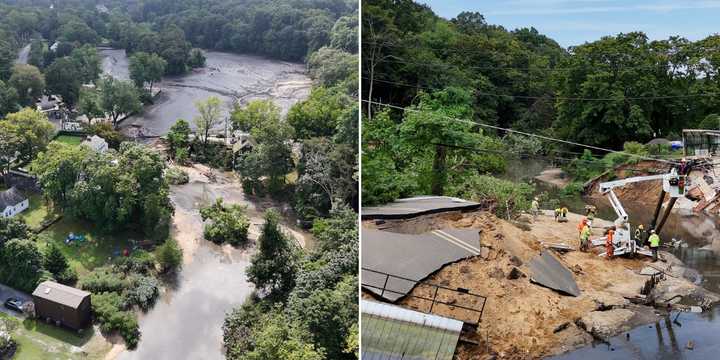Following a preliminary damage assessment on Long Island by the Federal Emergency Management Administration (FMEA), the agency stated that Suffolk County did not meet the severity requirements for assistance.
Gov. Kathy Hochul’s office expressed disappointment over the decision but vowed to appeal it.
“(We) will continue fighting to ensure storm-impacted residents have access to recovery resources,” a spokesperson for the governor told Daily Voice.
“As climate change intensifies extreme weather, we remain committed to securing the support New Yorkers need and deserve to rebuild and recover.”
Hochul’s office has already applied for low-interest disaster recovery loans from the U.S. Small Business Administration, and the state’s emergency home repair funding program is already underway.
The flooding in August 2024 occurred after a powerful storm dumped more than nine inches of rain in parts of the Northeast. It prompted the National Weather Service to issue its first-ever flash flood emergency for Suffolk County.
Over 2,000 residents and businesses suffered flood-related damage, Hochul’s office said. Among the impacted was Stony Brook University, where hundreds of students were relocated or sheltered due to infrastructure damage across the campus.
Damage assessments found more than 70 structures that had major damage or were destroyed. Flooding washed out or closed several roads and led to the complete failure of the Mill Pond Dam, leaving six families displaced.
Officials carried out multiple swiftwater rescues in the area, especially in the Town of Brookhaven. Rescues were also reported in Ronkonkoma, Smithtown, St. James, and Nesconset.
Click here to follow Daily Voice Mahopac and receive free news updates.
